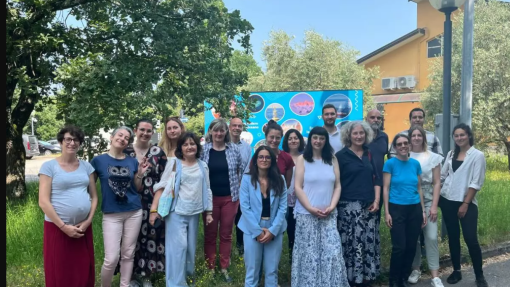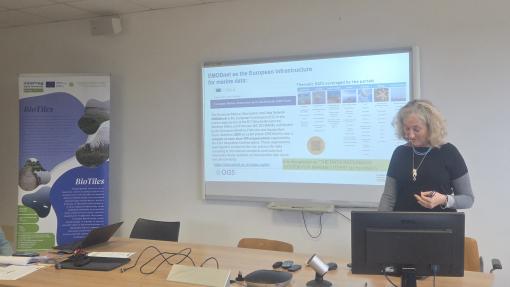
BioTiles
Specific objective: SO 4 - Promoting climate change adaptation and disaster risk prevention, resilience, taking into account eco-system based approaches
Typology: Standard project
The BioTiles project intends to develop innovative solutions based on different types of biosubstrates and apply them in a few demonstration sites in three transboundary lagoon areas (Grado-Marano, Stjuža in Strunjan and Škocjanski Zatok near Koper) most affected by climate change damage, in order to increase their biodiversity, ecological complexity and ecosystem resilience. The use of solutions of natural origin to combat climate change phenomena is strongly recommended in recent guidelines. In BioTiles, biotechnologies will be developed that are based on the application of natural fibres and microbial biofilms, which improve sediment cohesion through the excretion of mucilaginous adhesive substances that hinder sediment suspension and naturally increase system resilience. For the development and production of biosubstrates, the experience and knowledge gained by the LP in ongoing projects will be capitalised on.
- To increase biodiversity and improve the resilience of lagoon ecosystems through the development and application of innovative biosubstrates in a pilot study in areas at risk from climate change;
- Define replicable operational protocols combining ecosystem approaches, biogeochemical results and numerical models, and develop a cross-border strategy for sustainable lagoon management with the involvement of research organisations, institutions and local communities.
Whithin the project a graphical representation of the lagoon-scale sediment erosio and eposition model will be developed. The effectiveness of the developed biosubstrates in inducing an increase in biodiversity and ecosystem resilience will also be tested through pilot field actions by applying ecosystem approaches in order to investigate the colonisation process by biological communities. The results obtained, the methodologies applied in the laboratory, in the field and in silico will feed into an operational protocol to be exported to other transitional systems in the programme area. The project also aims to centralise the numerous fragmented knowledge on climate change-related biodiversity loss and lagoon ecosystem resilience in a single centre through the creation of a Lagoon HUB. Territorial needs and current actions on lagoon areas will be identified through participatory processes that envisage the involvement of public bodies, private subjects, associations, stakeholders and citizenship, which will lead to the joint drafting of guidelines aimed at laying the foundations for the sustainable management of the lagoon areas most subject to the effects of climate change.

